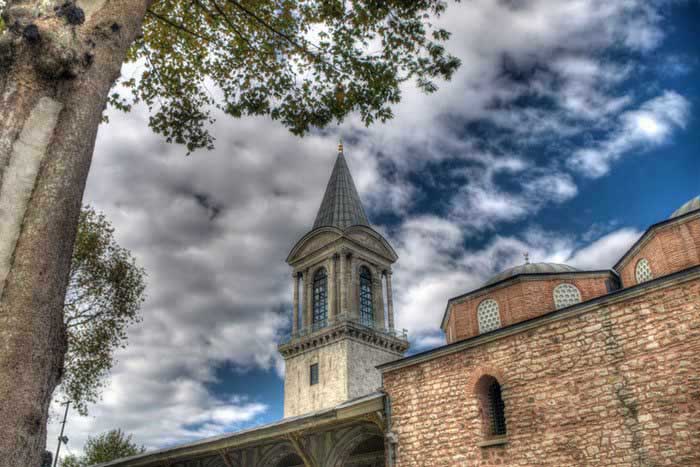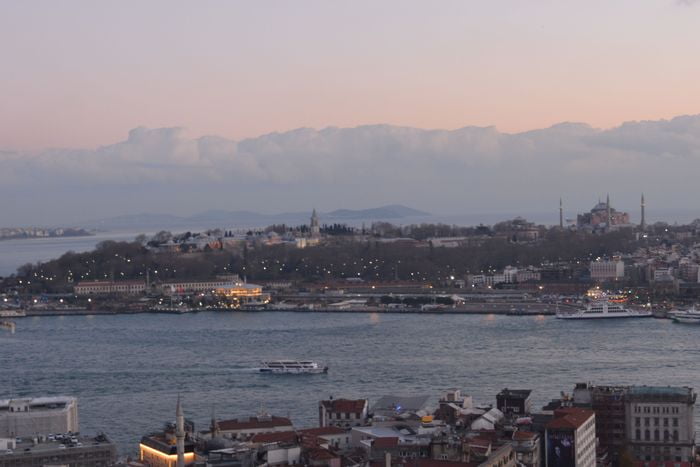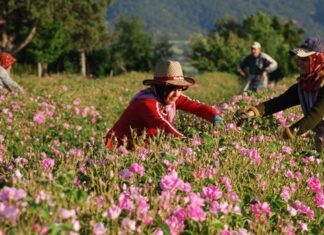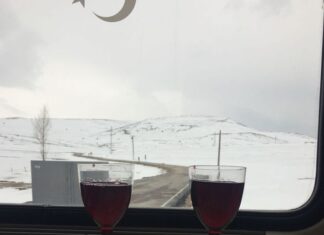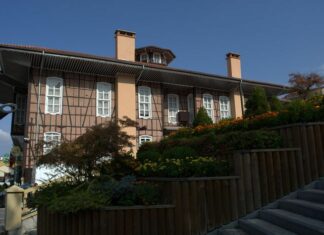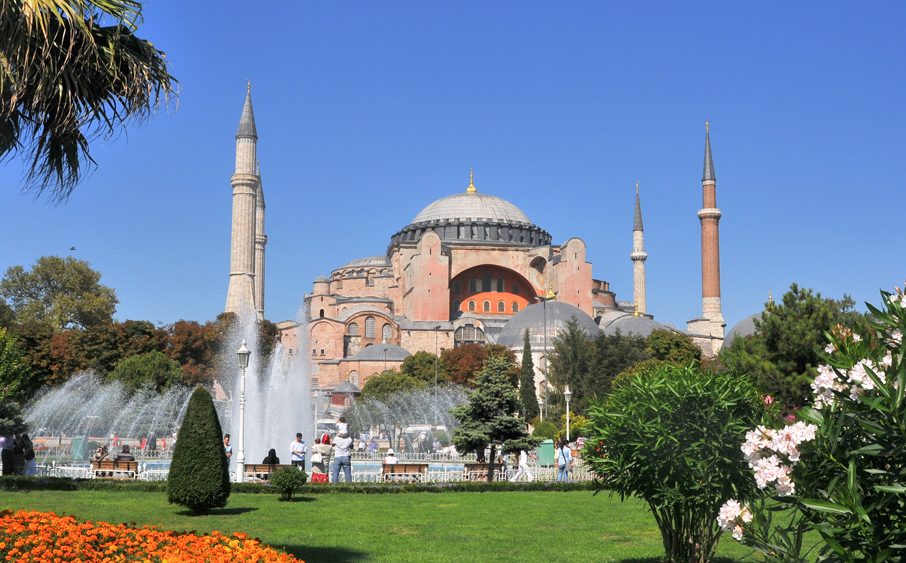Home Blog
Theoderic by Eutharic and Amalasuntha
Athalaric, the grandchild of Theoderic by Eutharic and Amalasuntha, was the new king in all but fact. His widowed mother was the effective regent...
The Topkapi Palace
The famous Ottoman historian Evliya Celebi describes the Topkapi Palace (Topkapi Sarayi) as “the loveliest sultanate palace that human skill could have created. One...
The Bulgarian National Struggle in Macedonia
Evidence of Bulgarian Religious Life
During the time of Ottoman rule, the Bulgarian people in Macedonia gave clear proof of their national identity through religion....
Small Nations and Their Right to Freedom
Mr. Asquith’s View on Nationalities
According to Mr. Asquith, small nations should be valued and respected not only because of their size but because of...
Travel in Greece Comforts and Challenges
A Land for the Adventurous
Greece is not a country for those who expect luxury and comfort. The natural scenery is far more appealing than...
Theoderic or Boethius saw
If it then happened that this man and his colleagues were in correspondence with leading figures in Constantinople and if they were known to...
Boethius’s presentation requires
Boethius’s presentation requires the historian-detective to offer several observations. First, wanting the senate to be safe and hoping for Rome’s liberty are either meaningless...
Right to Vote and Public Services
In Serbia, every man who has completed military service is entitled to vote. Additionally, people who pay taxes of at least 15 francs a...
The Citadel and Its Military Purpose
Within the walls of the citadel, several important facilities are located. These include barracks for an artillery regiment, residences for the army commander and...
The Servian Language and Cultural Identity
The Servian (now called Serbian) language is a blend of Slavic influences, with noticeable similarities to both Russian and Greek. It is also closely...

